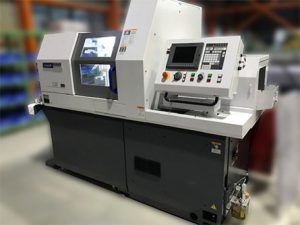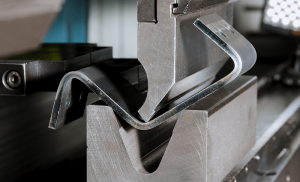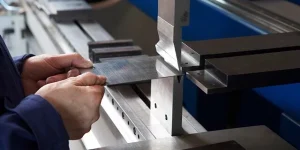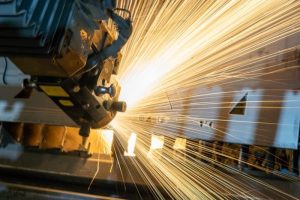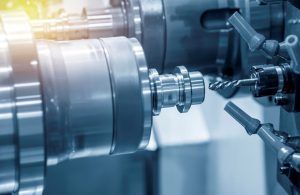Five common precision benchmarks for CNC machines include: accuracy (0.0005 to 0.001 inches), repeatability (+/- 0.0002 inches), minimal thermal effects, tool wear management, and optimized settings for various materials to ensure consistent quality and efficiency.
Precision Levels
CNC machines are used to achieve high precision as well. This is critical for industries such as aerospace where any deviation may put people’s lives in jeopardy. For example, when producing turbine blades for aircraft, even 0.0005 inch deviation can alter the airflow properties to the extent that the blade is no longer effective, and the engine can be functionally compromised. Therefore, typical CNC machines can ensure 0.0005 to 0.001.
Another example is when producing the body of a smartphone. Cutting between electronic components does not allow for any deviation or seam that would let the dust or liquid into the device as it will both damage it and look aesthetically unpleasing. Thus, in typical working conditions, a CNC machine produces with precision levels of 0.0004 inch.
Finally, CNC technology makes a significant contribution to public health by producing dental implants, bone screws, and other meant to be part of the human body. Here the highest precision level of 0.0002 inch will provide comfort and an exactly fitting part. In order to keep the machine accuracy working operators calibrate CNC machines and regularly replace tools. Even the smallest wear is not allowed, as it will lead the machine to deviate slightly from the required measurement. This not only keeps the produced components top-quality and goes to the satisfaction of these mentioned above industries but also increases the longevity of the machine itself giving its owners more use for the investment.
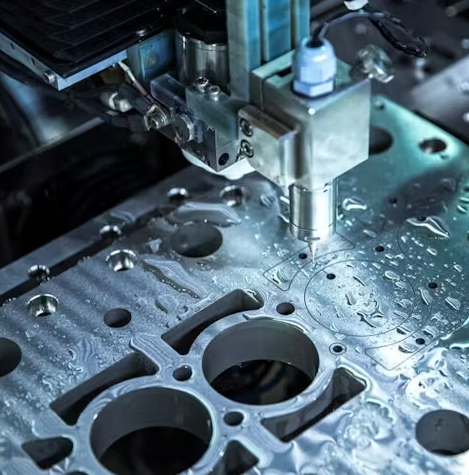
Repeatability
Repeatability is an indicator that shows how capable CNC machines are in producing parts, operations of which comply with the same standards. In the case with automotive, wherein high precision is vital, for CNC machines to be run, the repeatability accuracy reaches +/- 0.0002 inches. This assists in assembling engine parts such as pistons and cylinders ideally, which is vital for effective engine operation, as it leads to enhanced fuel efficiency. Meanwhile, in electronics manufacturing, CNC machines are used to drill and mill parts repeatedly and adhere to high accuracy.
This, in turn, contributes to high accuracy of parts such as circuit boards being fit into their casings. As the repeatability range in this sector makes up about +/- 0.0001 inches, issues such as misalignment do not take place, and there are no additional costs related to product recalls and replacements. Speaking of the tooling and calibration needed to guarantee a high level of repeatability, it should be said that specialists perform regular maintenance checks supporting the spindle and linear guides in the good condition. In this way, potential variations are eliminated, thus, preserving its accuracy performance over time.
Thermal Effects
CNC machines are significantly influenced by thermal effects. Due to temperature changes, the components of CNC machines might expand or contract, leading to deviations in part dimensions. In such high-precision industries as aerospace, even several degrees of temperature increase might alter the part dimensions by 0.0005 inches. Given that CNC machines are used to machine components like airframe structures that require the utmost precision to maintain flight safety and integrity, even the smallest deviations are important.
To negate the thermal variations, manufacturers of CNC machines provide the climate control where such machines are working. Typically, the temperature in the area is maintained at around 20 degrees Centigrate to prevent significant expansion and contraction of the CNC machine’s components and the workpiece itself.
The control over the temperature conditions facilitates the consistency in the production lines. Considering that CNC machines are used to machine multiple types of metals including aluminum or steel that are particularly vulnerable to thermal changes, the need for it becomes even more pronounced. Also, higher-end CNC machines might possess thermal sensors and software compensation that immediately adjust the CNC machine’s parameters to the atemporal changes. As a result, the process of machining remains stable, and no deviations from the preset parameters of the CNC machine take place.
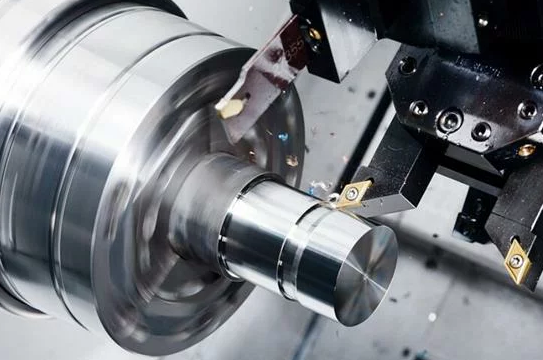
Tool Wear
Tool wear is one of the most significant bearings detractors to CNC machines since it can lead to imprecise cuts and low quality, defective items. When tools start wearing out, they lose their edge and shape, leading to less effective and precise cutting. When automotive gears, for example, are machined with precise sharpness, they run more efficiently and do not wear out as fast as those that are less perfectly profiled.
The difference in the quality of products when engineered with a tool that is off by only 0.0001 per inch is enough to decrease the overall performance of the vehicles the gears are used in. Manufacturing companies providing CNC services have developed tool management methods that signal when it is time to replace a dull tool. When a tool wears out, it is swapped out for a new, sharp one ensuring that their product is identical in quality and precision. Furthermore, manufacturers use tougher materials or coatings to increase the lifespan of the tool beyond the original high-speed variety.
The high precision of aerospace and medical devices is possible since the tools used to create them are made of carbide or are titanium nitride-coated. These tools can handle the admittedly difficult stress of high-speed machining in CNC machines. With the cost of such tools, heavy manufacturing is out of the question, but such components are meant to be used in the tens or hundreds rather than the tens of thousands generally associated with high-speed steel tools. Therefore, tool wear is not only unsustainable from a precision standpoint but also cost-efficient for manufacturing processes that require strategic management for adequate upkeep.
Material
The choice of material on which the CNC machine works significantly affects the process’s precision and quality of the final products. The fact is that different materials behave differently under the same processing conditions due to, for instance, their hardness, ductility, and thermal conductivity. For example, when working, for instance, with comparatively soft materials, such as aluminum, to produce quality cutting results that fit the required precision requirements, fine speeds and feeds are used. Aluminum, most commonly used in the aerospace industry, can be manufactured at a speed of 800-1500 RPM, with a feed rate of 0.004 inches per tooth, which helps ensure a clear cut without squeezing the material between adjacent teeth and, thus, without deforming it.
Additionally, an opposing point of view can be formed when it comes to hard materials, such as titanium. This metal with low heat conductivity is most employed in the aerospace industry for its strength and light weight. In this case, the process should be slower: speed — 200-300 RPM, feed — 0.002 inches per tooth to reduce thermal seasoning problems and wear and avoid overheating, which could reduce the tool material’s hardness and change the material’s dimensions.
Opportunely, CNC operators can adjust machine settings according to the materials in question. Appropriate cutting fluids and specific tool materials should be used, the latter being best suited to the hardness and abrasiveness of the cutting material. The interaction between machine settings and materials not only defines the efficiency of the manufactory process but also plays an important role in economic manufacturing issues. Proper material handling ensures minimal waste production and minimal machine tool wear, which, in turn, reduces production costs and provides the sustainability of the manufacturing process from the economic perspective.


